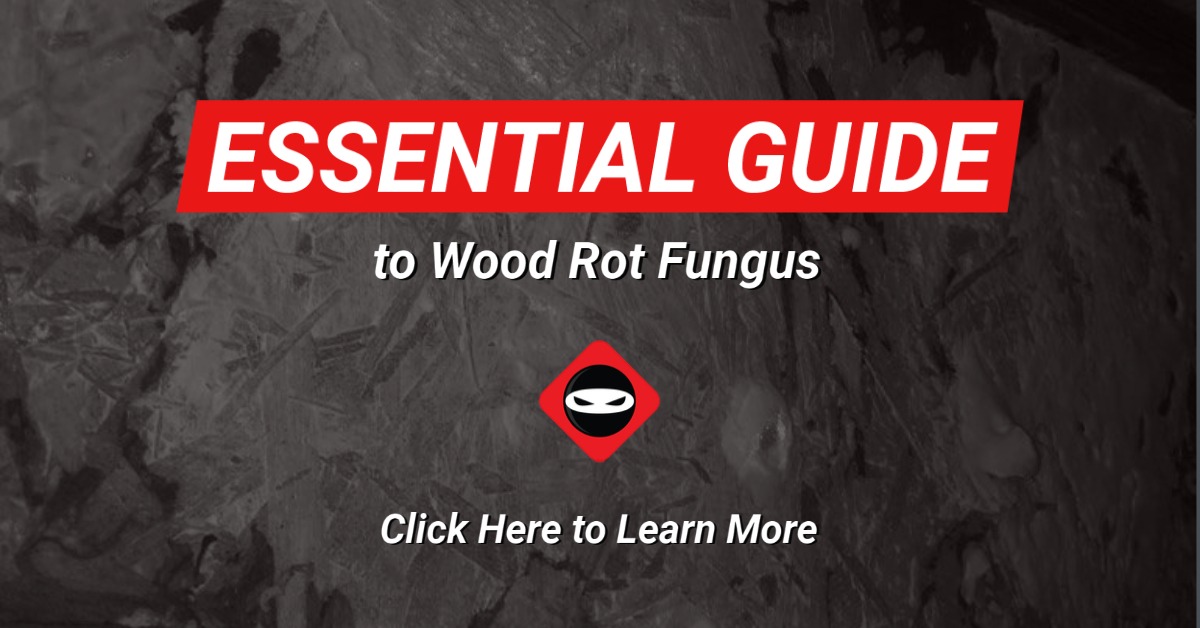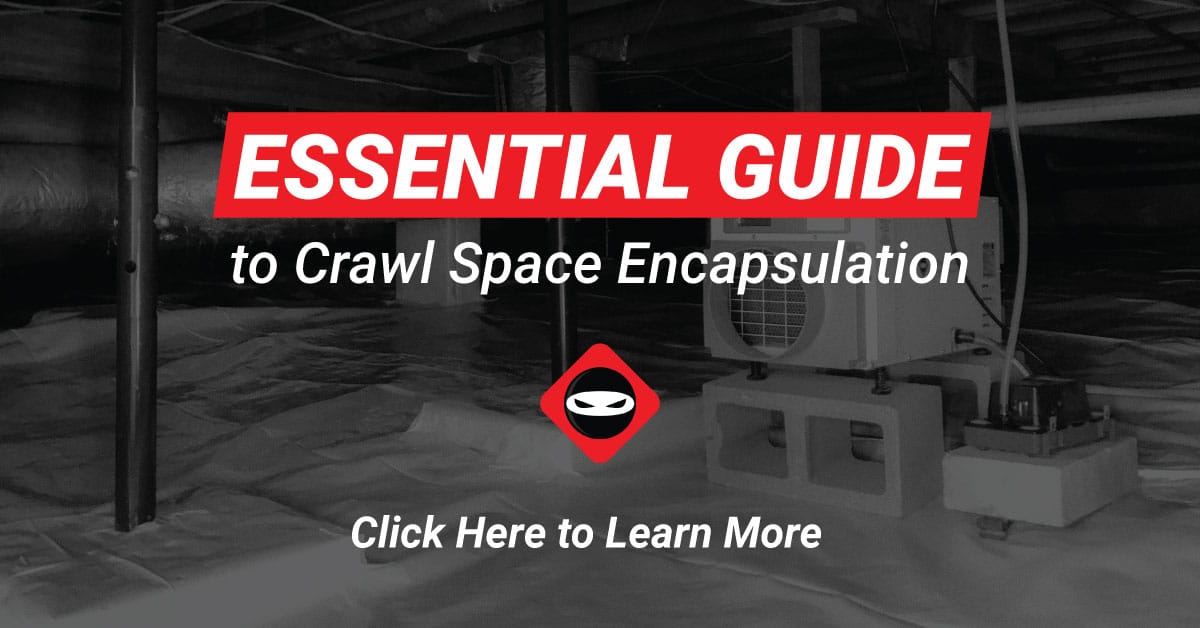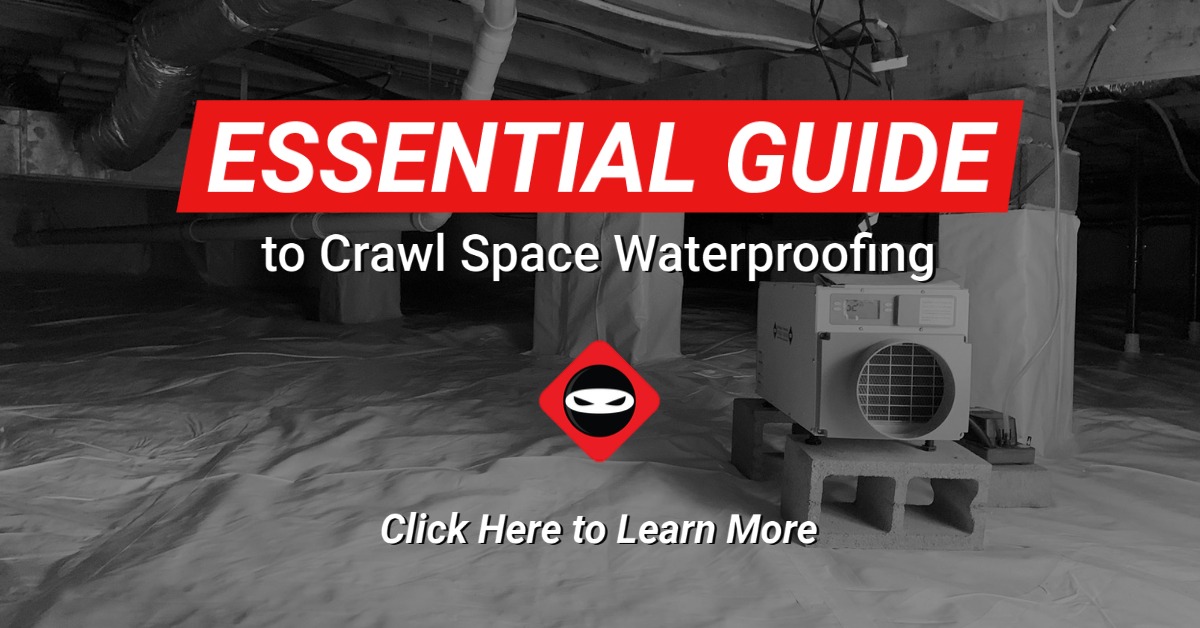Is dead mold a problem? Should it be ignored when it is located in your home? I think most homeowners realize the importance of good indoor air quality and protecting their families. The events of 2020 have shown us the quality of the air we breathe is important. Live and dead mold are everywhere in our environment, but what level of concern should you have about dead mold in your home?
What Does Dead Mold Look Like?
Dead mold looks like live mold, and I personally cannot tell the difference. I can see the difference between dry mold and wet mold. However, dry mold does not mean the mold is dead. Dry mold means, according to online research, dormant mold.
Does Dormant Mold Mean Dead Mold?
No, dormant means asleep. The dictionary describes dormant as:
“having normal physical functions suspended or slowed down for a period of time; in or as if in a deep sleep.”
Dormant mold is like a dormant animal. It’s ok to be around it unless it wakes up.
How to know if the Mold is Actually Dead?
Some online bloggers say,
“Dead mold has a powdery, flaky appearance. To confirm it is dead, brush the surface with a broom. It is most likely dead if it easily brushes off and becomes airborne.”
We don’t recommend brushing mold to see if it becomes airborne. The best way to determine if the mold is dead is to take a surface sample and send it to a mold lab for analysis. Please don’t rub the mold to see if it becomes airborne because it will.
Is Dead Mold an Allergen?
Yes, according to the EPA article, “Can dead mold make you sick?”
“Inhaling or touching mold or mold spores may cause allergic reactions in sensitive individuals. Mold does not have to be alive to cause an allergic reaction. Dead or alive, mold can cause allergic reactions in some people.”
If you do decide to rub floor joists to see if the mold becomes airborne, make sure you are wearing proper personal protective equipment but please, don’t rub it.
How Do You Know if Mold is Active?
I mentioned this before, testing is the most accurate way to determine if mold is active or alive, but there are multiple mold testing procedures.
Viable mold samples are used to determine if mold is alive or active. Viable samples are surface samples gathered with a sterile swab by a mold inspector. The swab is sent to a microbiology laboratory for analysis to determine the type and count of mold present. The mold lab grows the sample in a petri dish to determine mold count and if it is too much based on their recommended guideline.
The other type of mold sample is non-viable. A non-viable test is just counting the spores, alive or dead. Non-viable mold tests are done via air and surface samples. These can be performed with a swab, tape lift, or air cartridge by most mold inspectors. This type of sample is common among real estate transactions to determine inside mold counts versus outside.
Does Dead Mold Smell?
One article I read says,
“Humans cannot smell most mold toxins, especially after the mold is “dead.””
This quote came from a company website. However, the EPA says:
“Some compounds produced by molds have strong smells and are volatile and quickly released into the air. These compounds are known as microbial volatile organic compounds (mVOCs). Because mVOCs often have strong or unpleasant odors, they can be the source of the “moldy odor” or musty smell frequently associated with mold growth.”
The best way I know how to decipher this information is, mVOCs are more pungent when mold is wet and active as described by the EPA. Dormant mold odor may not be as noticeable because their mVOC production could be decreased. Similar to, a wet dog smells worse than a dry dog but they both have an odor.
Keep in mind, the mold smell may be diminished if it is dry but if you rub it and make it airborne, it could create a noticeable odor. Not to mention become an airborne allergen that will spread to other parts of your home.
What Next?
The bottom line is if you have mold or suspect mold, wear proper PPE when dealing with it, alive or dead. If you have mold in the crawl space we recommend it be removed and cleaned properly.
Do you need help with controlling humidity in your home and you live in Alabama, Georgia, Delaware, North Carolina, South Carolina, Tennessee, or Kentucky? If so, please contact us to schedule your assessment. Also, let us know in the comments below if you’d like to suggest a future blog post.
Perhaps you’d like to tackle your own crawl space repair. Visit our DIY Store.
Contact us if you need help fixing your crawl space or yard drainage by clicking here.
Learn about Crawl Space Ninja Franchise opportunities.




